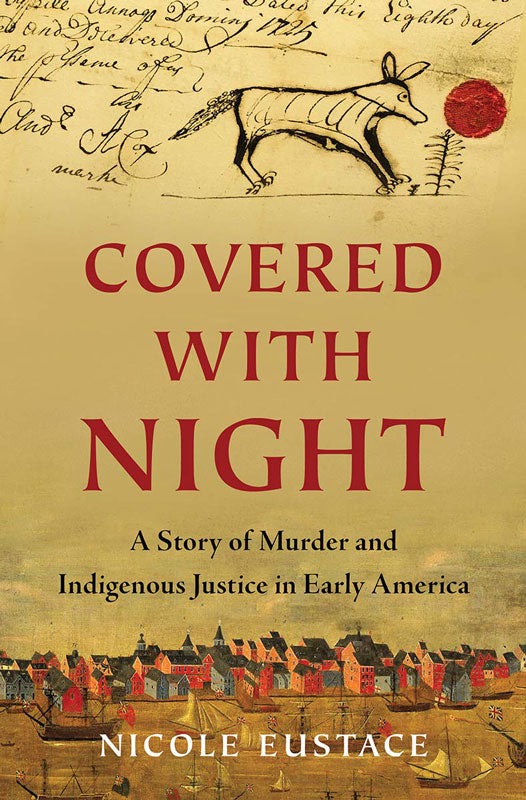Today, when people think of the founding documents of the United States, nothing from 1722 is likely to come to mind. Most people, of course, remember the Declaration of Independence and the Constitution of the United States. Those who have a longer arc of justice in view may think of the “Emancipation Proclamation” of 1863 or, perhaps, the related Civil War-era constitutional amendments that outlawed slavery, guaranteed equal citizenship, and secured the right to vote regardless of race or previous freedom status. Perhaps some will cast their minds still further forward to the 19th Amendment of 1920, granting women the right to vote. A small number may even call up the Indian Citizenship Act of 1924, which first offered Native people rights as citizens of the United States. But very few people will ever have found reason to stop to think of an obscure piece of parchment signed at Albany in 1722.
Rare are those who have even heard of this agreement between members of the Five Nations of the Haudenosaunee and representatives from the colonies of New York, Pennsylvania, and Virginia. Yet this is the oldest continuously recognized treaty in the history of the United States. Much more than a simple diplomatic instrument, the treaty records a foundational American debate over the nature of justice, one with guidance still left to give.
The Great Treaty of 1722 entered into general obscurity almost as soon as it was written. The colonists who traveled to Albany for cross-cultural discussions that autumn believed they were averting a war, but they could not have known that they were enacting a key moment in American culture. Because they regarded the Native leaders they conferenced with as simple “savages,” colonial magistrates could not imagine the possibility that the Indigenous ideas they were encountering would endure for generations, dormant seeds awaiting the right moment for renewal.
Eighteenth-century Europeans and the settler colonists they sent to North America thought that the world could be neatly divided between savage peoples and civilized ones. As the French political philosopher Montesquieu summed things up in his masterwork, The Spirit of Laws, guiding legal principles arose from the character of the people who created them, “influenced by the climate, by the religion, by the laws, by the maxims of government, by precedents, morals, and customs; from whence is formed a general spirit of nations.” Montesquieu, in common with his European contemporaries, was quite sure that “nature and the climate rule almost alone over the savages.” Assuring themselves that “savages” existed in a state of nature almost entirely removed from culture, European theorists gave little credence to the possibility of Native American philosophy.
Yet the Pennsylvania murder case of 1722 contradicted such opinions; it led the Susquehannock man using the title “Captain Civility” to counsel colonial agents on the terms of true justice. John and Edmund Cartlidge violated both English and Indian norms of civilized behavior by attacking Sawantaeny. Brawling over a trade gone bad, the traders knocked the hunter unconscious, then fled the scene. By attacking Sawantaeny, the Cartlidges pitched all the peoples of the Susquehanna River valley into crisis. Because the Native man belonged to the Seneca Nation, one of the Five Nations of the Haudenosaunee, his death also drew concern from across Iroquoia, in Native communities from colonial Pennsylvania to colonial New York. Anxious to avert warfare, colonial leaders promised Native peoples that they would subject the accused killers to justice, even though a murder charge, if it were brought, could mean capital punishment for their own colonists.
